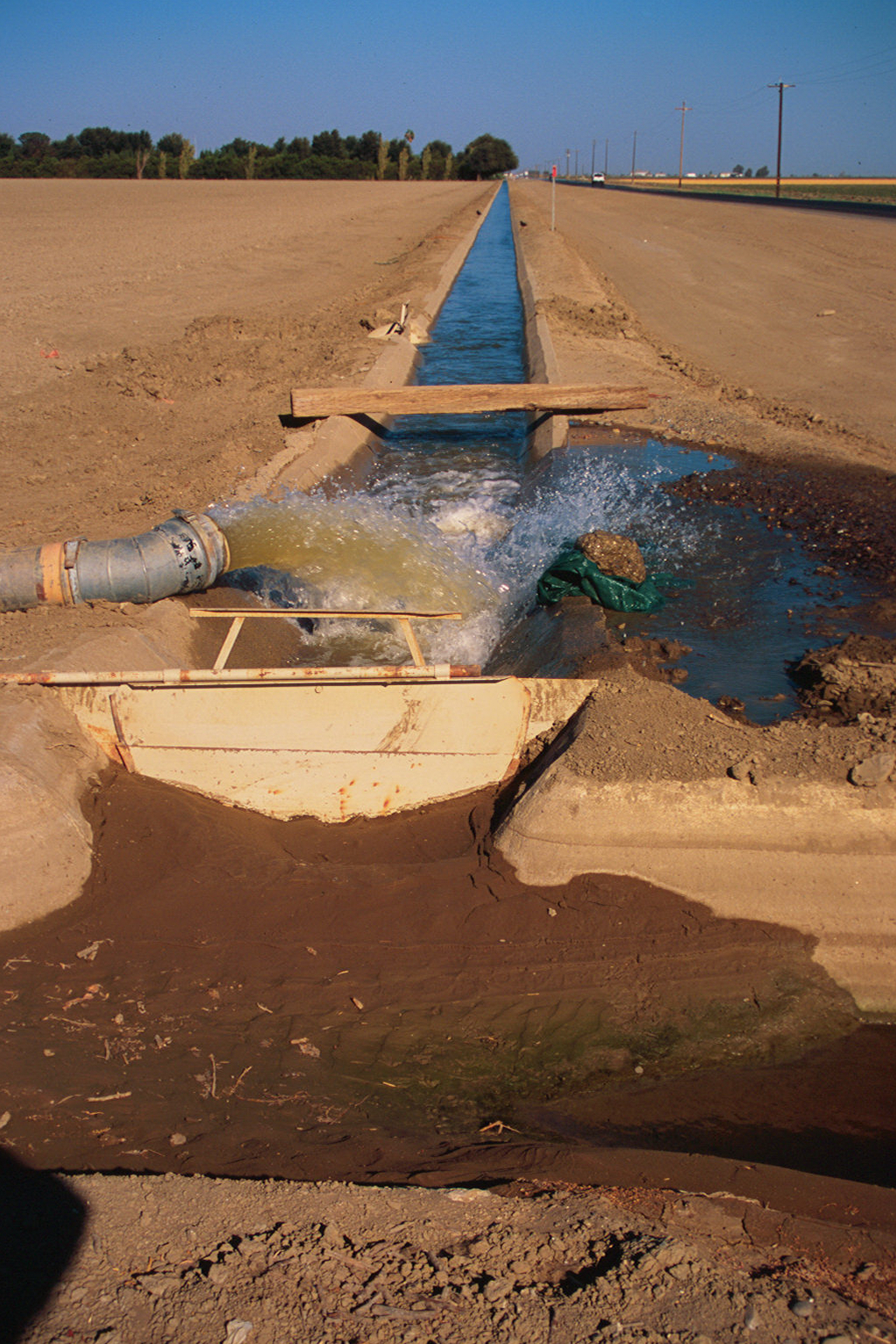High-Adventure Science:
Will there be enough fresh water?
Clean fresh water is a limited and valuable resource. In this module students consider the question: will there be enough fresh water? Students explore the distribution and uses of fresh water on Earth. They explore models of porosity and permeability, run experiments with computational models, and hear from a hydrologist working on the same question.
Students will not be able to answer the module's framing question at the end of the module, but they will be able to explain how humans can preserve supplies of fresh water for the future.
Teacher resources for this unit include a Teacher Edition of the module, with links to supplemental background materials, teacher tips, exemplar answers, discussion questions and sense-making activities, as well as a real-time dashboard.
To prepare to use this module with students, first run the Teacher Edition. The Teacher Edition adds a layer of teacher tips to the student version of the module, providing you with in-depth support and classroom support materials. By the end of the Teacher Edition, you will be familiar with the curriculum and uncertainty-infused scientific argumentation. We also encourage you to read all of the documents provided in the Teacher Resources section below.

Unit Includes
- Teacher Edition
- Class Dashboard
- Pre- and Post-Tests
Teacher Resources
Theory & Background
Introduction to High-Adventure Science
Learn about using real-world data and computer-based models to explore big unanswered scientific questions.
Teaching with Online Materials
Information about using computer-based curricula.
Class Dashboard Guide
How to get started with the Class Dashboard: view student work in real time.
Learning Goals & Assessment
Standards Alignments for Will there be enough fresh water?
NGSS and NSES alignments.
Scoring Scientific Arguments within High-Adventure Science
Generic rubric for scoring scientific arguments.